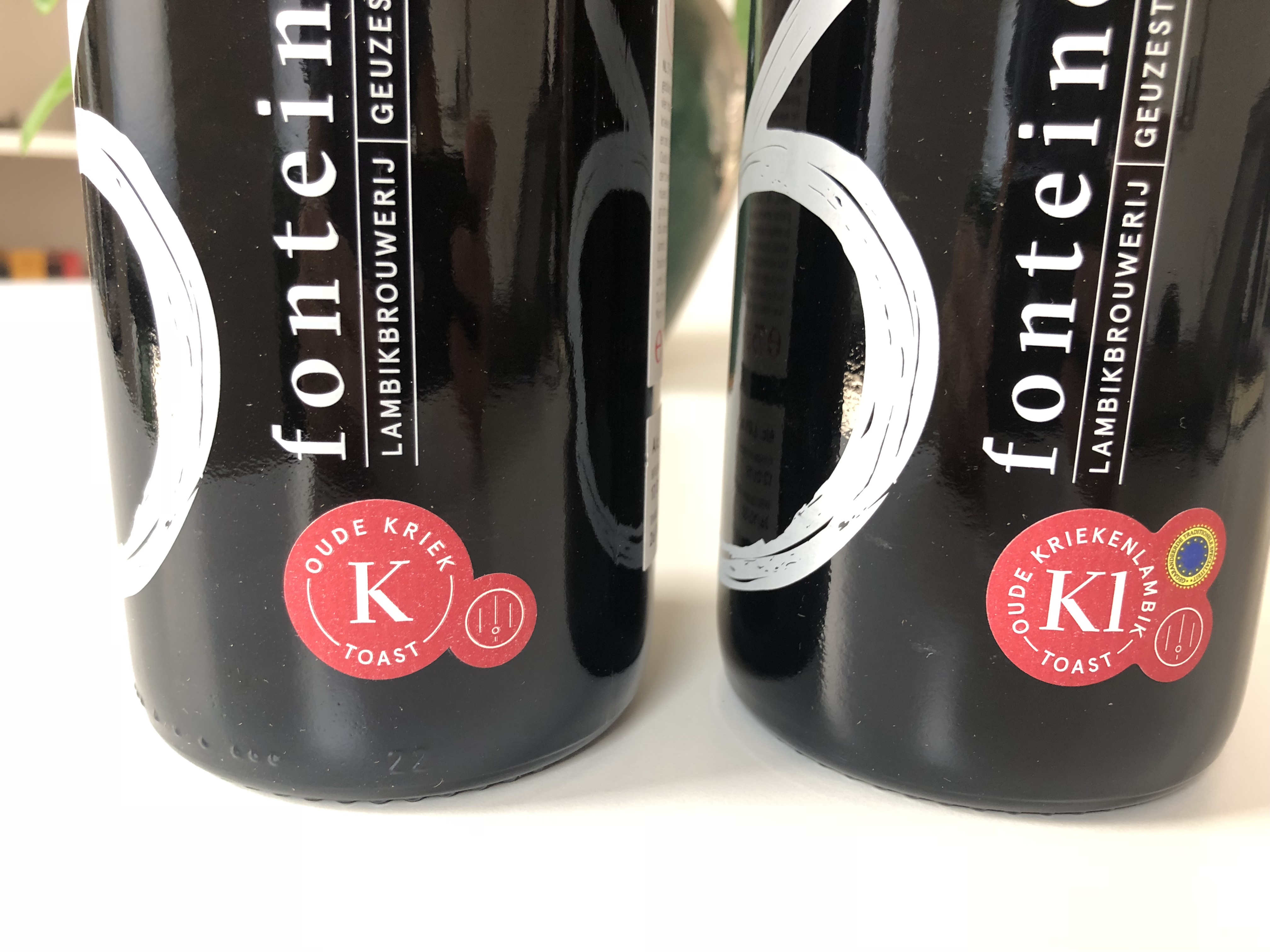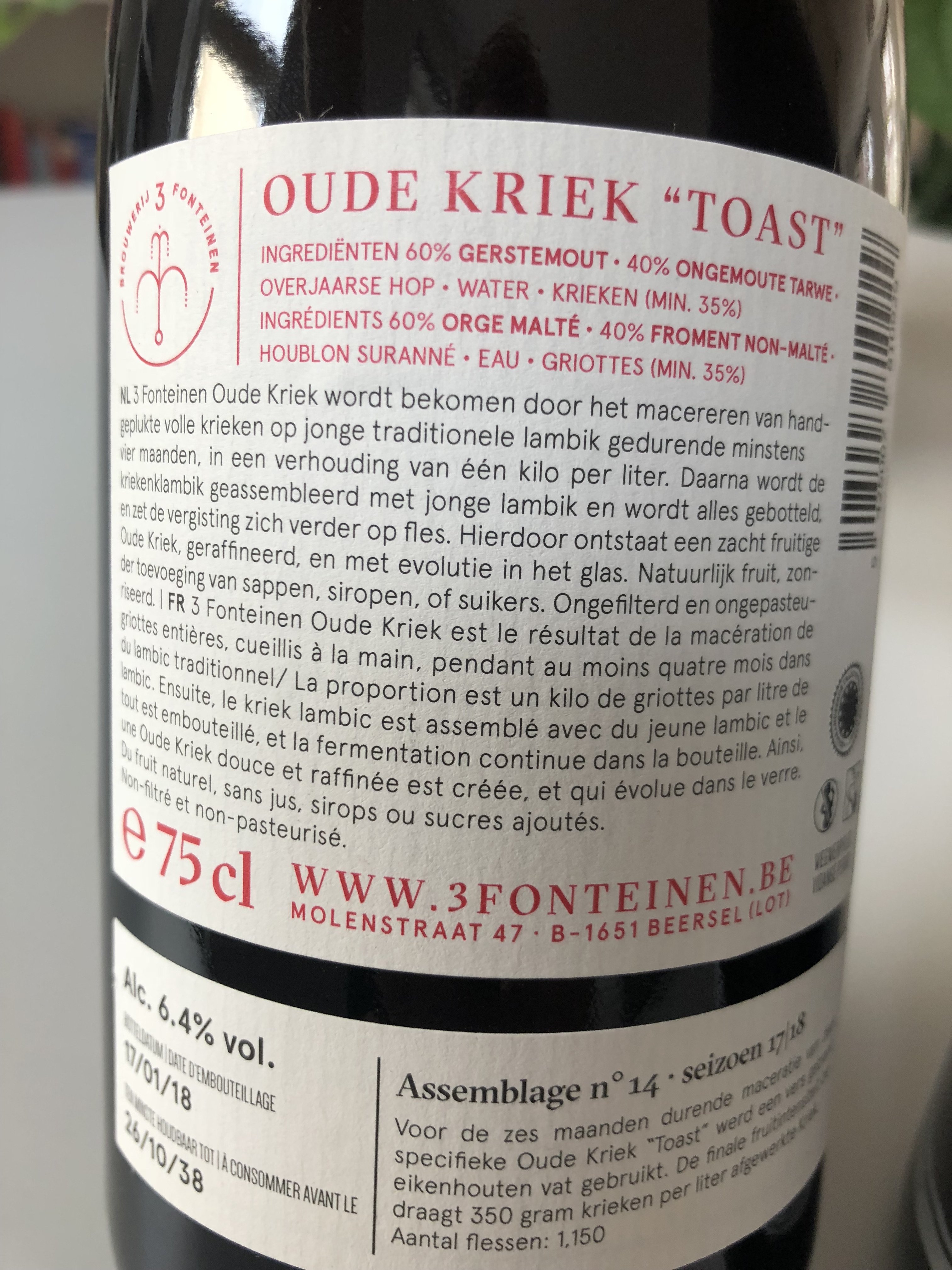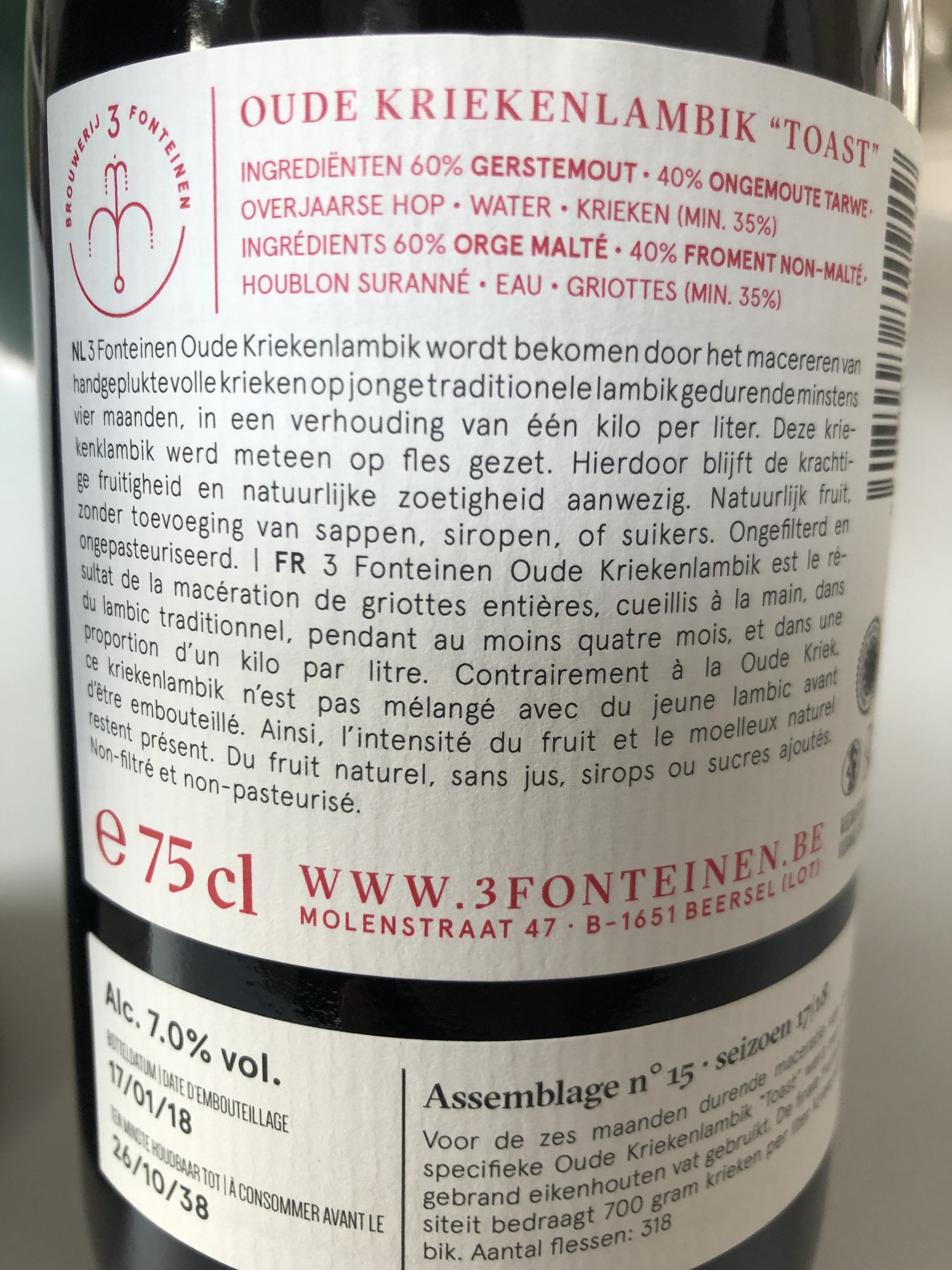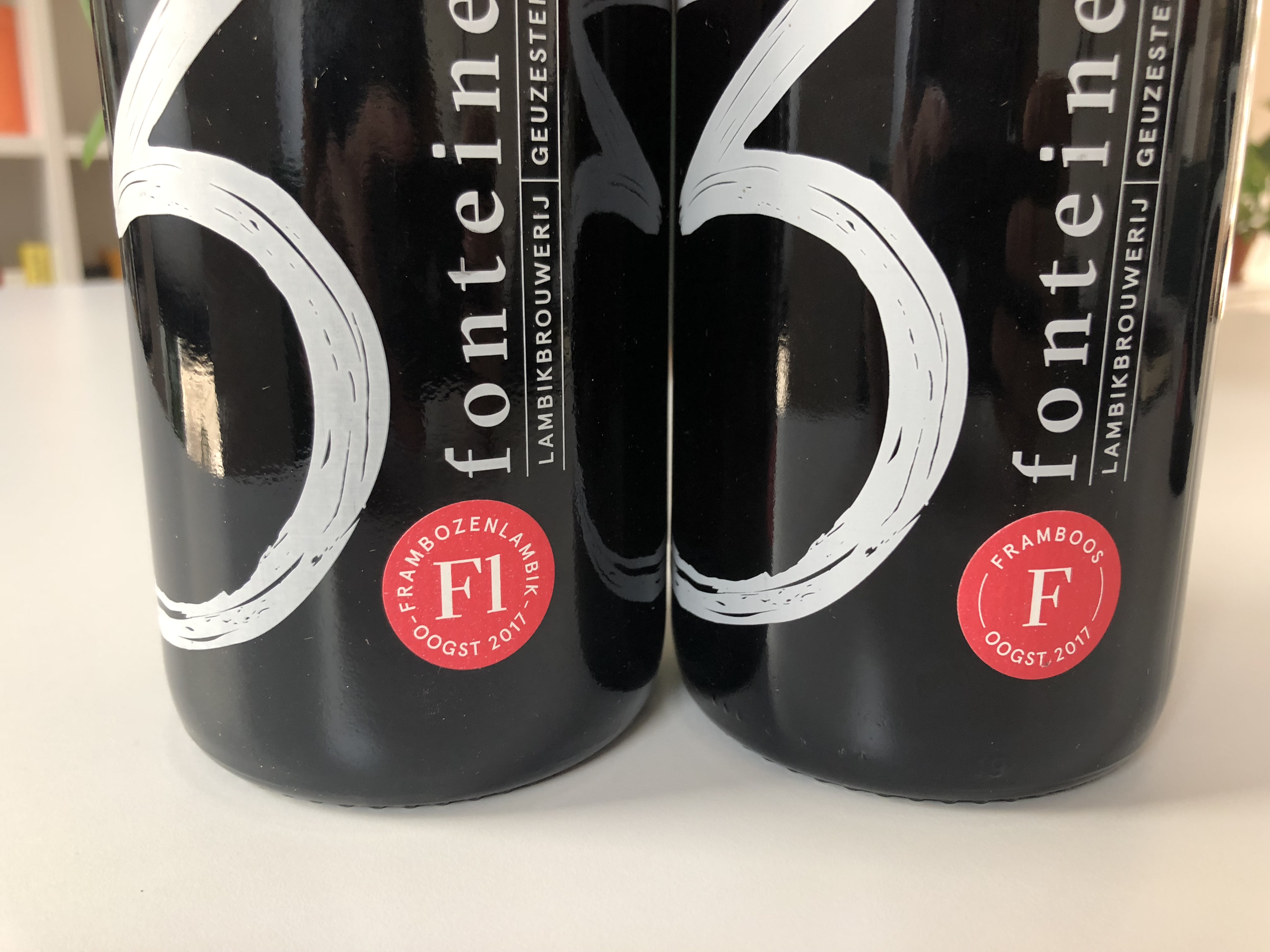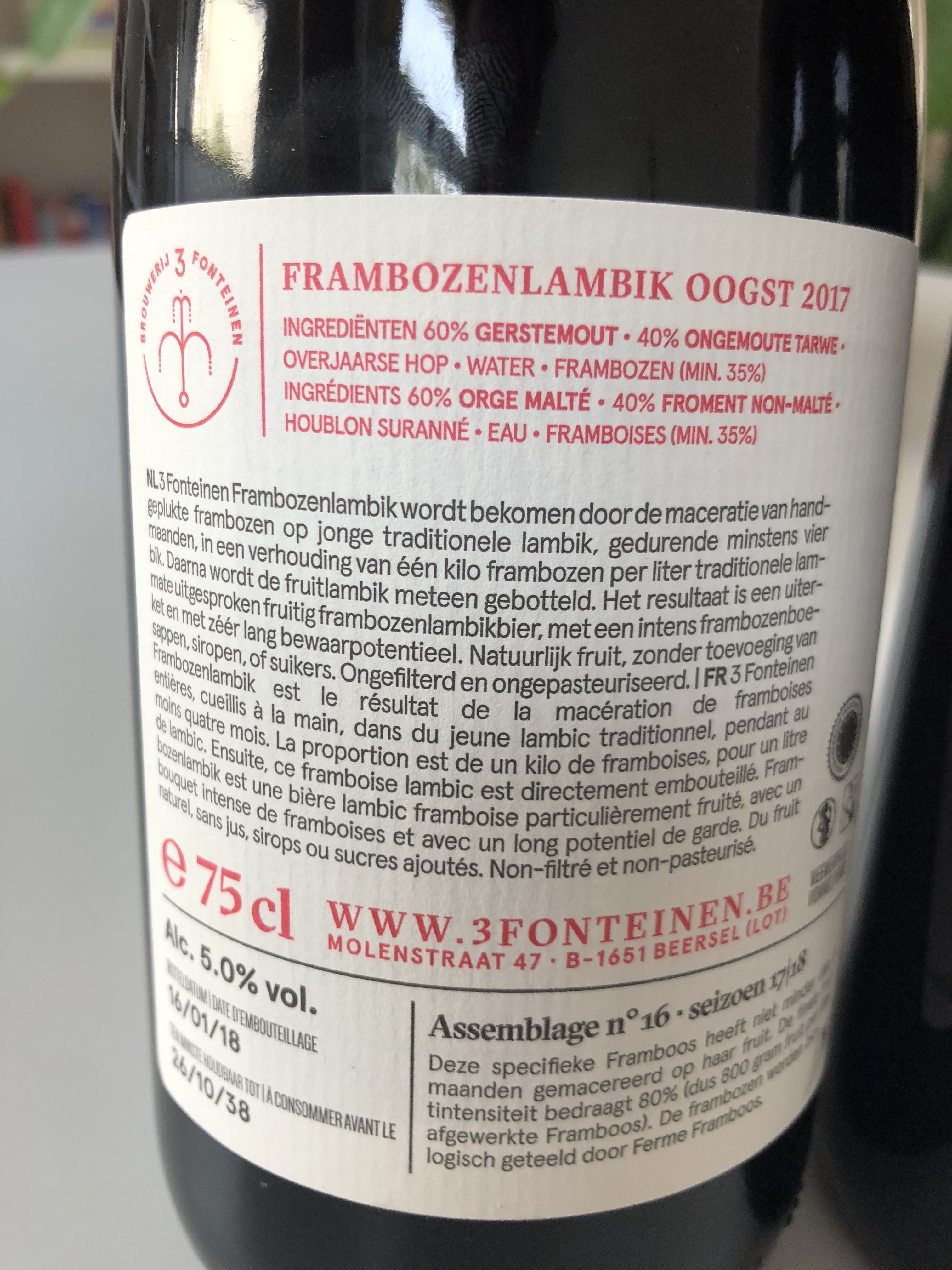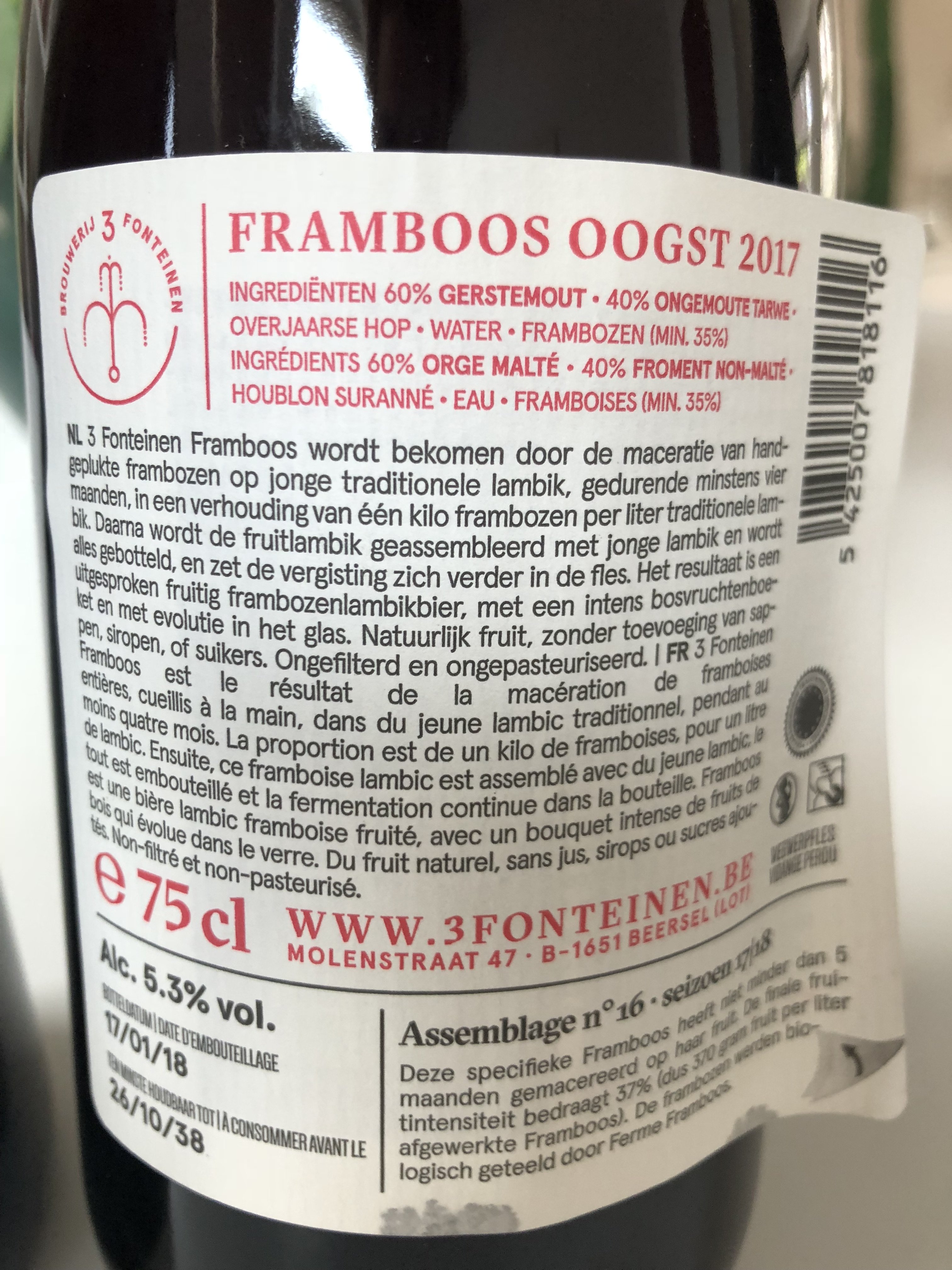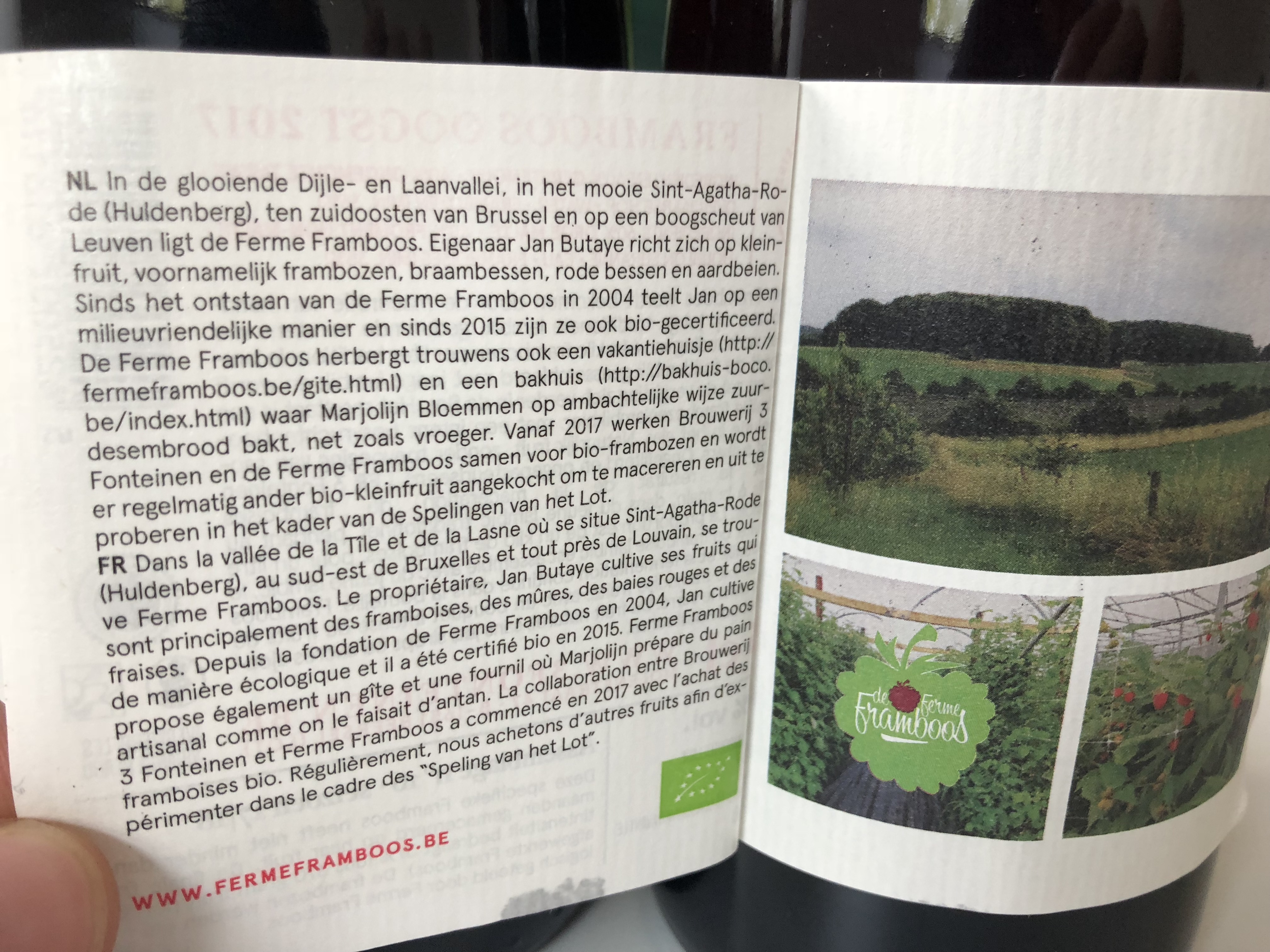Can someone help me figure out what is going on with the recent 3F releases? I’m just trying to figure out the difference between the Oude Kriek + Schaarbeekse and the Schaarbeekse Oogst. Was this already covered in detail and I just missed it? Looking at you
SeaWatchman
Thanks in advance.
I'm still processing all of the new labels for the site, but I did recently upload all of the new Speling van het Lot series labels, so you can go check those out on the site. I should have the rest of the OBD bottles done and ready this week/end with any luck. Anyhow, to answer your question, let's start with the word
oogst. It's the word for harvest in Dutch, so when you see that it's just talking about the year the fruit was harvested. Below should answer your question:
Here's a quick translation from the back label for Schaerbeekse Kriek (as I only have the NL/FR version):
3 Fonteinen Schaarbeekse Kriek is the result of a year’s long maceration of one liter of traditional lambic for 1 kilo of whole schaerbeeck cherries picked by hand. This risk lambic best then blended with young lambic, bottled, and condition for at least one year. Natural fruit, without juice, syrups, or added sugars. Unfilted and unpasteurized.
Next up, is the Oude Kriek + Schaarbeekse: At Brouwerij 3 Fonteinen, a lot of things happen spontaneously. By mistake, but with a surprising result, we blended two barrels of Kriek lambic and Schaarbeekse Kriek lambic rather than blending them separately. An small accident, but a refined result. And as always natural fruit, without juice, syrups or added sugars.
Unfiltered and unpasteurized.
So bascially the Oude Kriek + Schaarbeekse was a mistake between the two barrels that ended up getting blended and bottled together. Hope that helps! I'll have the labels up ASAP!





































![Craft A Brew - Safale S-04 Dry Yeast - Fermentis - English Ale Dry Yeast - For English and American Ales and Hard Apple Ciders - Ingredients for Home Brewing - Beer Making Supplies - [1 Pack]](https://m.media-amazon.com/images/I/41fVGNh6JfL._SL500_.jpg)



















